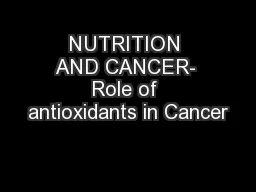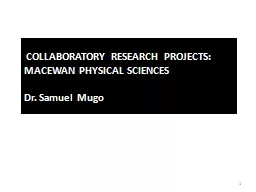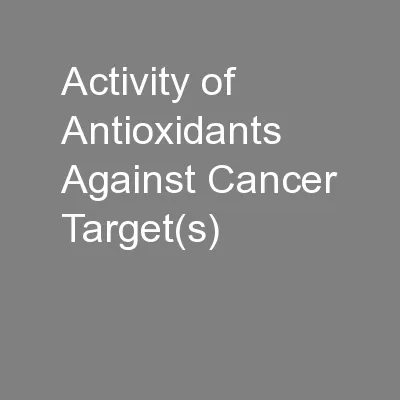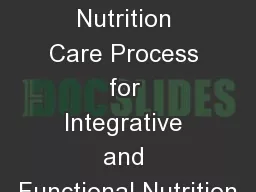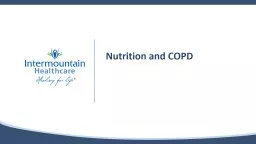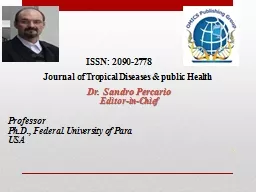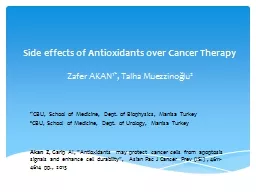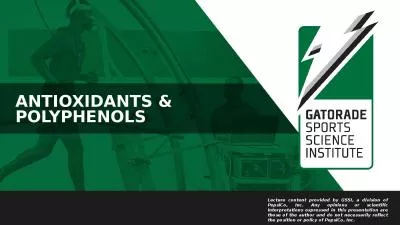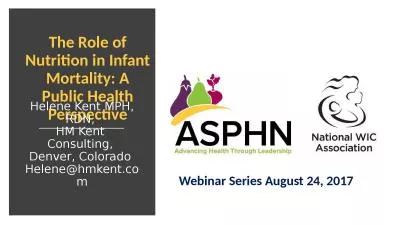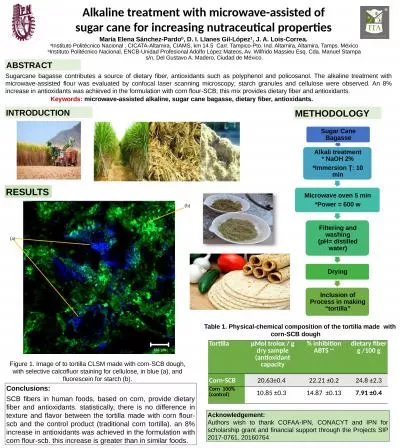PPT-NUTRITION AND CANCER- Role of antioxidants in Cancer
Author : pasty-toler | Published Date : 2015-12-01
Presented by N avdeep K aur Apoorva Tandon MScFoods and Nutrition3 rd sem Contents Introduction Biology of cancer Causes of cancer Factors increasing cancer
Presentation Embed Code
Download Presentation
Download Presentation The PPT/PDF document "NUTRITION AND CANCER- Role of antioxidan..." is the property of its rightful owner. Permission is granted to download and print the materials on this website for personal, non-commercial use only, and to display it on your personal computer provided you do not modify the materials and that you retain all copyright notices contained in the materials. By downloading content from our website, you accept the terms of this agreement.
NUTRITION AND CANCER- Role of antioxidants in Cancer: Transcript
Download Rules Of Document
"NUTRITION AND CANCER- Role of antioxidants in Cancer"The content belongs to its owner. You may download and print it for personal use, without modification, and keep all copyright notices. By downloading, you agree to these terms.
Related Documents

